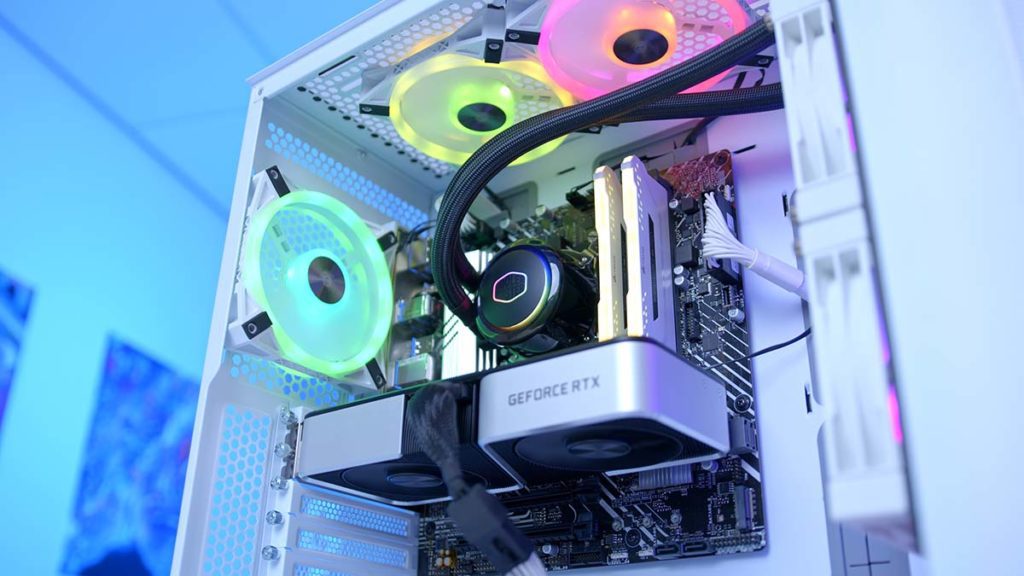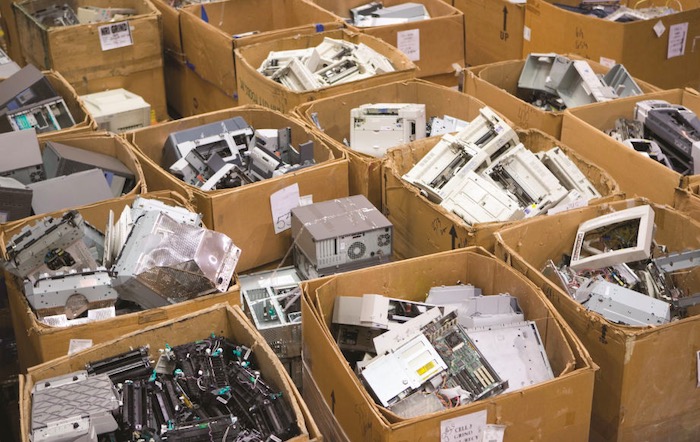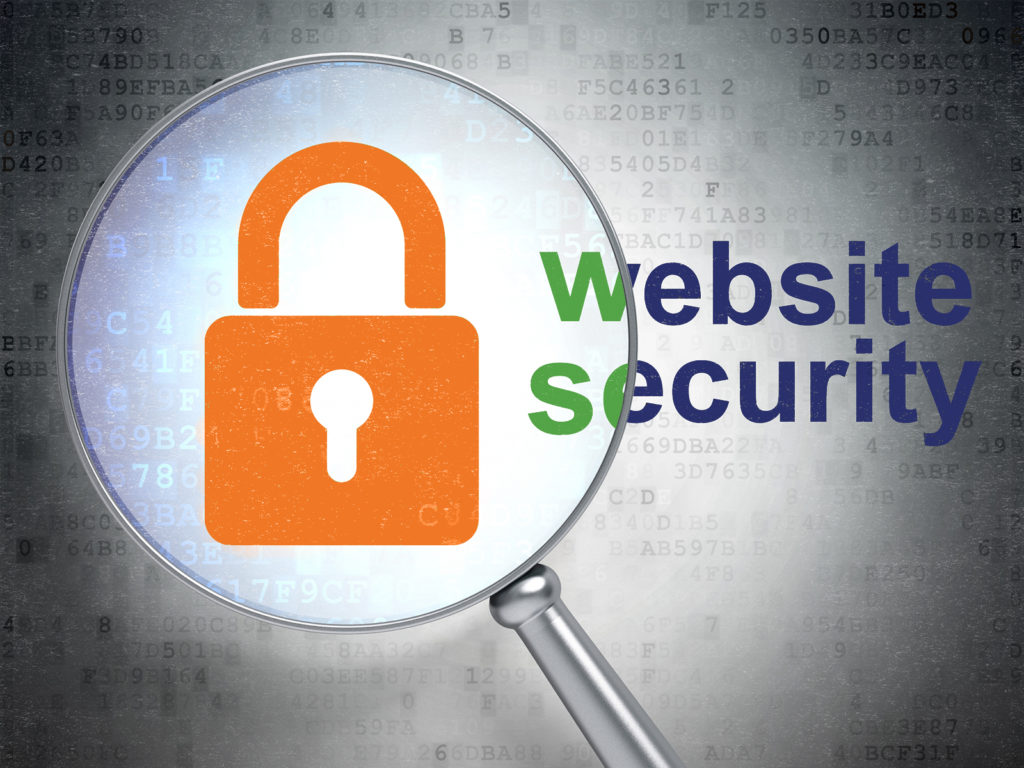
Best Way to Build a Gaming Computer !
Introduction:
Gaming has become a popular activity among people of all ages. However, to have the best gaming experience, you need a computer that can handle the demands of gaming. Building a gaming computer might seem like a daunting task, but with the right guidance, it can be an enjoyable and rewarding experience. In this article, I’ll discuss some of the better ways to build yourself a rocking gaming computer.
Choosing the Right Components:
The first step to building a gaming computer is to choose the right components. The most important components are the processor, graphics card, and RAM. You should choose a processor that can handle the demands of modern games. Intel and AMD are the two major processor manufacturers, and you can choose the best one based on your budget and requirements. I personally always stick with Intel, but I will tell you that AMD tradittionally runs much cooler than most Intel CPU’s.
When it comes to graphics cards, there are two major manufacturers: NVIDIA and AMD. The choice between them depends on your budget and the type of games you play. NVIDIA graphics cards are known for their superior performance and features, but they also come with a higher price tag. AMD graphics cards, on the other hand, offer better value for money and are a good choice if you are on a budget.
RAM is also an important component that affects the performance of your computer. You should aim for at least 8GB of RAM, but 16GB or more is recommended for the best gaming experience.
Storage is also a huge factor. Make sure if you’re going to invest into building a rock solid, lightning fast gaming computer, you go with either M.2 form factor storage or a traditional SSD hard drive. See my post about the diffrences between a legacy hard drive and an SSD hard drive by clicking here.
Building the Computer:
After choosing the components, the next step is to build the computer. You should start by installing the processor and the graphics card on the motherboard. You should then install the RAM and the storage devices. It is important to follow the manufacturer’s instructions carefully to avoid any damage to the components.
When it comes to storage devices, you have two options: solid-state drives (SSDs) and hard disk drives (HDDs). SSDs are faster and more reliable than HDDs, but they are also more expensive. If you are on a budget, you can choose an HDD, but if you want the best performance, an SSD is the way to go.
Once the components are installed, you should connect the power supply and the cooling system. You should also connect the necessary cables, such as the HDMI cable and the USB cables. After everything is connected, you can turn on the computer and install the operating system.
Overclocking:
Overclocking is the process of increasing the speed of the processor and the graphics card to improve performance. However, it can also cause damage to the components, so it should be done carefully. You should start by researching the safe limits of overclocking for your components. You should also use a reliable overclocking software to make the process easier.
Storage:
As you may know, storage is one of the most important components of a computer. It is where all your files, documents, and programs are stored. Over the years, we have seen a rapid advancement in the storage technology. The traditional mechanical hard disk drives have been replaced by the faster and more efficient Solid State Drives (SSD). To learn more about SSD drives and to see our latest all inclusive pricing on upgrading your current computer to have a new SSD drive, click here.
Conclusion:
Building a gaming computer can be an enjoyable and rewarding experience. You should choose the right components, follow the manufacturer’s instructions carefully, and overclock your computer safely to get the best gaming experience. With the right guidance, you can build a gaming computer that meets your requirements and budget.
In addition to the components mentioned above, there are other factors to consider when building a gaming computer. For example, the case you choose can affect the cooling of your computer, and the power supply you choose can affect the stability of your system. It is important to research and choose these components carefully to ensure that your gaming computer meets your needs.
Another important factor to consider is the monitor you use. A high-quality monitor can significantly improve your gaming experience, with features such as high refresh rates and low response times. You should choose a monitor that is compatible with your graphics card and has the features you need for your preferred games.
Finally, it is important to keep your gaming computer clean and well-maintained. Dust and other debris can build up inside your computer and affect its performance. You should clean your computer regularly and ensure that the cooling system is working properly.
In conclusion, building a gaming computer requires careful consideration of the components and other factors that affect its performance. With the right guidance and attention to detail, you can build a gaming computer that provides the best gaming experience for your budget and requirements.

Hopefully this article helped you out. If you have questions, please post them to the community chat below. You can also contact me diredtly by clicking here or by calling or texting me directly at (623) 418-0019















